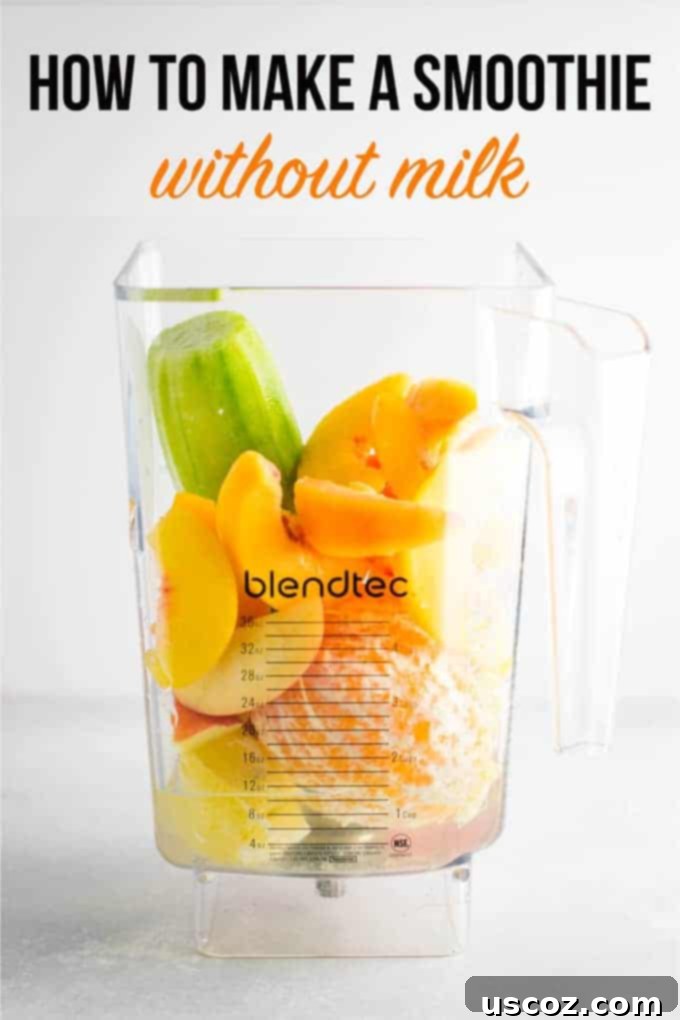Mastering Delicious Smoothies Without Milk: Your Ultimate Guide to Dairy-Free Blending
Are you looking to create rich, flavorful, and incredibly healthy smoothies without relying on milk or dairy products? You’ve come to the right place! While many associate smoothies with milk or yogurt bases, a world of vibrant, dairy-free possibilities awaits. This comprehensive guide will show you how to craft delicious smoothies that are naturally thick, creamy, and bursting with flavor, all without a single drop of milk.
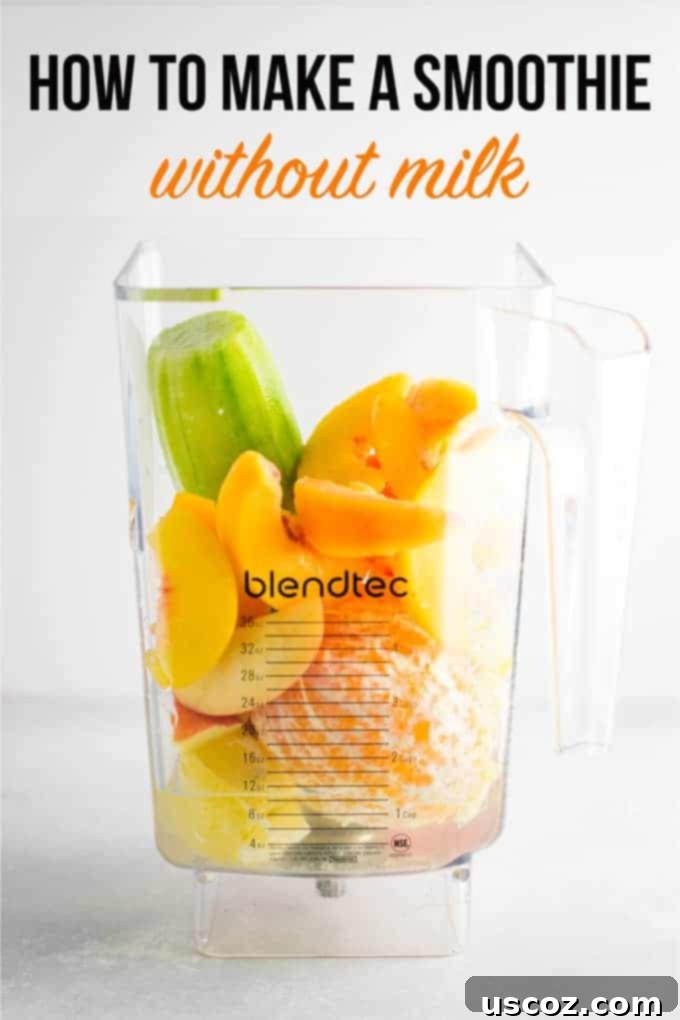
It might surprise you, but I often craft my favorite smoothies without milk. While I sometimes enjoy fruit-based smoothies with milk or yogurt, more often than not, I skip dairy entirely. Sometimes, I even create delicious blends with no added liquid whatsoever, relying solely on the natural juiciness of fruits and vegetables!
This guide will equip you with the knowledge to identify the best flavors and ingredients for incredible dairy-free smoothies, ensuring you can make delicious, healthy concoctions right in your own kitchen.

Do You Need Milk to Make a Smoothie?
The straightforward answer is a resounding NO! You absolutely do not need milk to make a delicious and satisfying smoothie. In fact, some of the most vibrant and flavorful smoothies I’ve ever created contain no milk at all.
While milk can sometimes contribute to a creamy texture, it can also easily dilute the intense flavors of fresh fruits and vegetables, especially depending on the type of smoothie you’re preparing. For those with dietary restrictions such as lactose intolerance or a vegan lifestyle, or simply for anyone looking for a lighter, more fruit-forward blend, omitting milk is a fantastic choice.
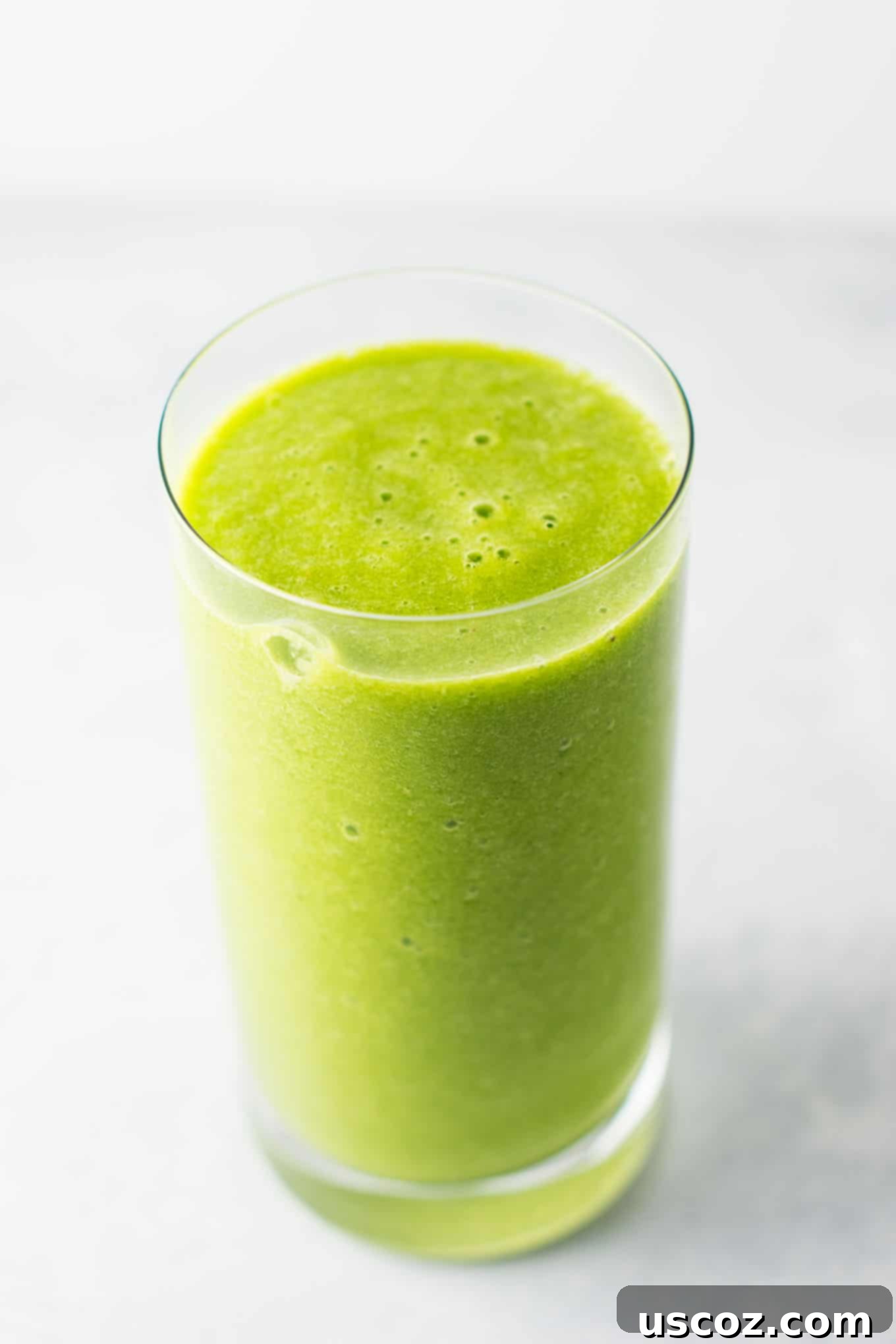
Green smoothies, in particular, often shine brightest without milk. I discovered long ago that the very best green smoothie I have ever tasted is crafted with a refreshing base of water, vibrant citrus fruits, and ice. While some green smoothies might taste acceptable with milk, I overwhelmingly prefer the cleaner, brighter taste of those made without it.
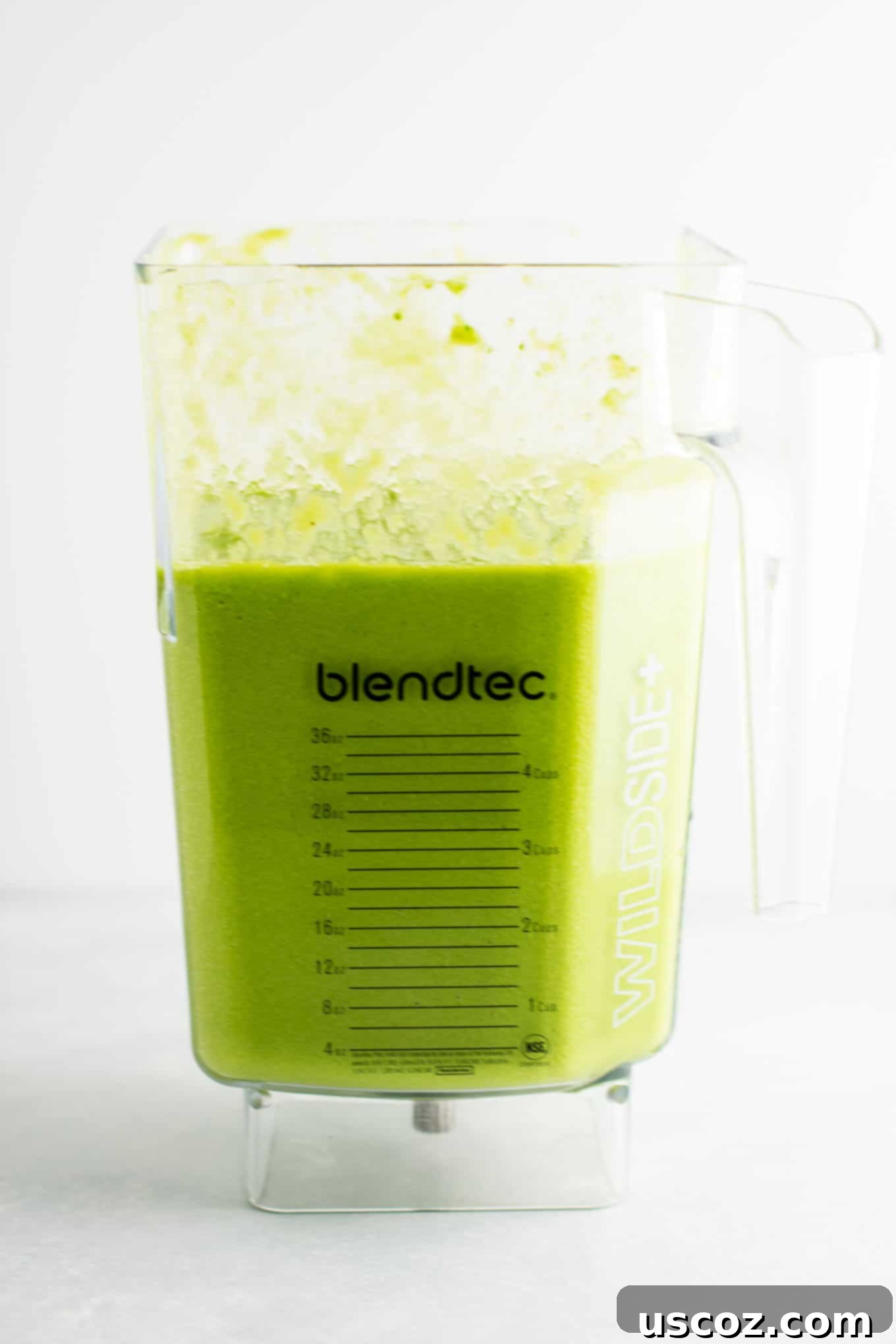
The secret lies in understanding which flavors harmonize beautifully and which tend to clash. Many people give up on making smoothies at home because they haven’t mastered these combinations. I was once there myself, almost convinced that truly delicious homemade smoothies were a myth. But now that I know how to create fantastic blends, they’ve become a regular, delightful part of my routine!

Can You Make a Smoothie with Water Instead of Milk?
Absolutely! Water is an excellent, neutral base for smoothies, providing just the right amount of liquid without overpowering the natural flavors of your fruits and vegetables. It’s a fantastic alternative to milk, especially when you want a lighter, more refreshing blend.
A prime example of water’s effectiveness is our popular Ginger Peach Detox Smoothie. This recipe uses just a cup of water, complemented by naturally high-liquid fruits and vegetables such as lemon, orange, apple, and cucumber. The result is a wonderfully balanced and hydrating drink.
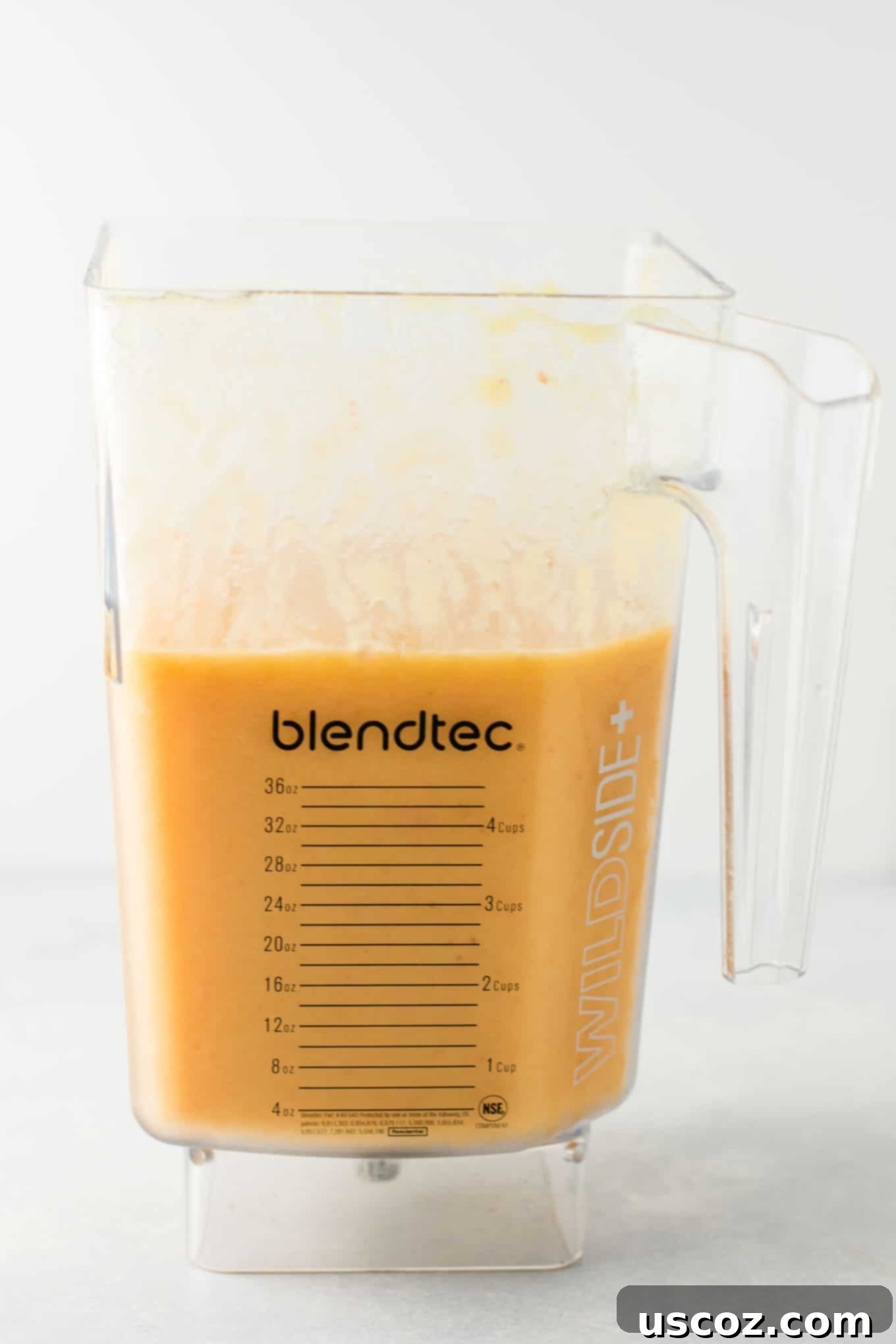
When using water, it’s crucial to use the right amount. Too much water can quickly make your smoothie thin, watery, and less flavorful. The optimal approach is to combine high-liquid fruits and vegetables with just enough water to allow your blender to work effectively. This technique ensures a super thick, creamy, and intensely flavored smoothie every time.
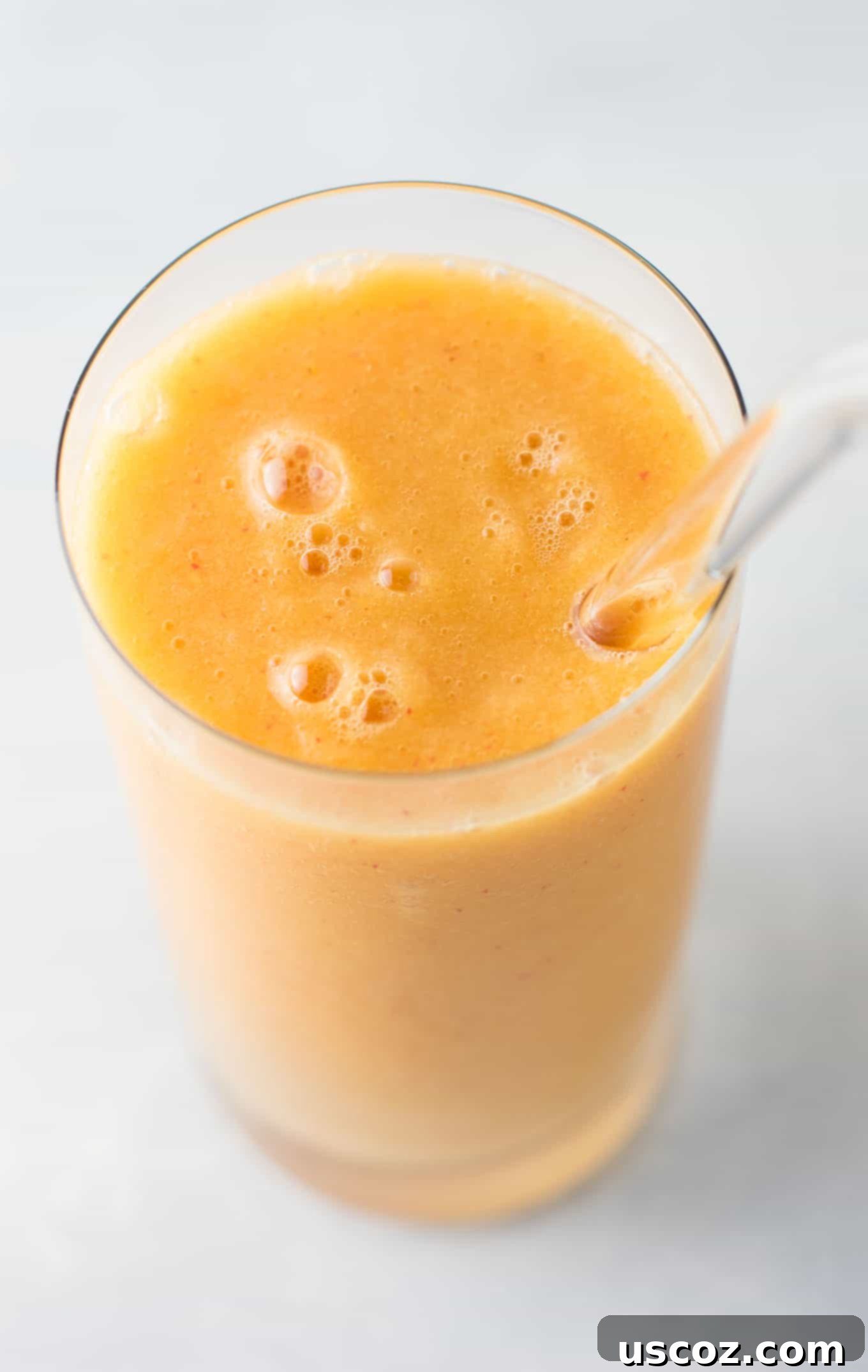
For the best results and a truly creamy texture, a high-speed blender like a Vitamix or Blendtec is highly recommended. These powerful machines can effortlessly pulverize ingredients, breaking them down into a perfectly smooth consistency that lower-powered blenders might struggle to achieve.
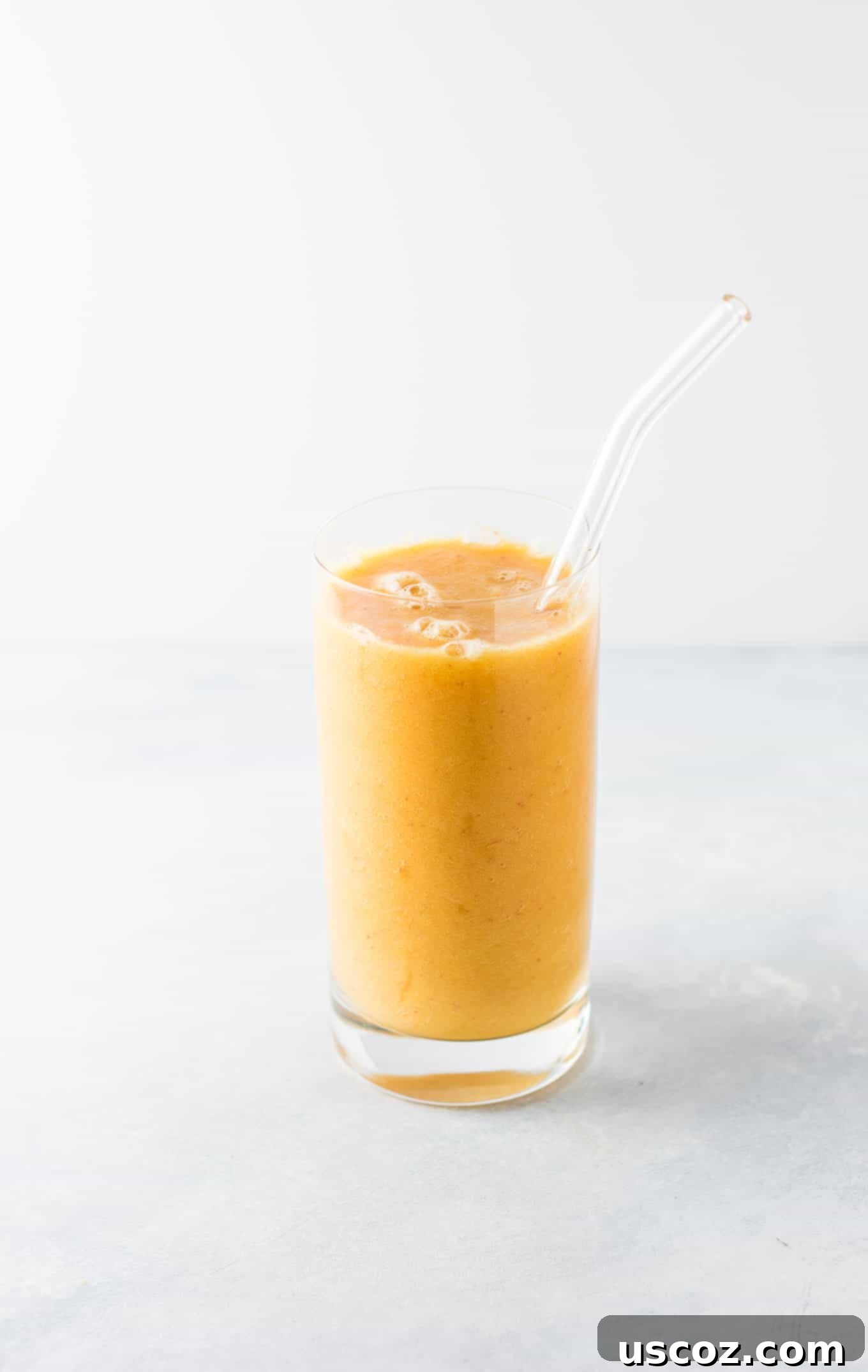
How Do You Make a Smoothie Without Milk or Yogurt?
As we’ve discussed, the key to a fantastic dairy-free smoothie lies in leveraging high-liquid fruits and vegetables, supplemented with a minimal amount of water when necessary. This approach creates a naturally flavorful and thick smoothie without the need for traditional dairy bases. But which ingredients are best?
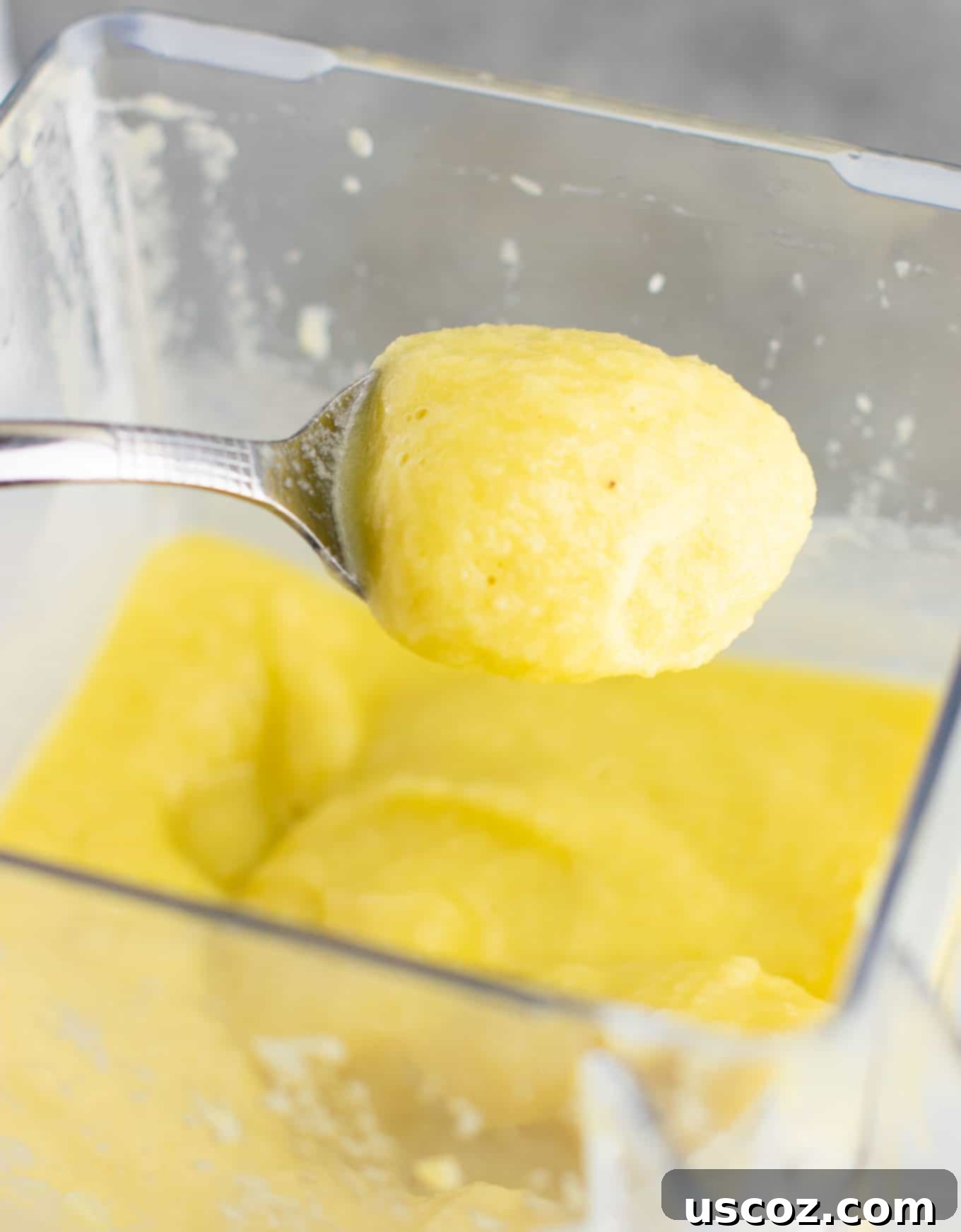
Top High-Water Content Fruits and Vegetables for Smoothies
To replace milk and yogurt effectively, focus on ingredients that naturally release a lot of liquid when blended. Here are some of my top picks:
- Pineapple: Exceptionally juicy and adds a tropical sweetness.
- Lemons: Provide a refreshing tang and essential liquid.
- Oranges: Bursting with juice and natural sweetness.
- Watermelon: Over 90% water, it’s a hydrating powerhouse.
- Strawberries: High water content and a beloved flavor.
- Cantaloupe: Sweet, fragrant, and very juicy.
- Cucumber: A mild, refreshing addition that you often can’t even taste, but adds significant liquid.
- Peaches: Sweet, soft, and juicy, especially when ripe.
- Apples: Contribute a lovely sweetness and good water content, especially crisp varieties.
My personal favorites to include are cucumber (it’s virtually undetectable in taste but provides excellent liquid), apples (which add a wonderful, natural sweetness), and all kinds of citrus fruits. Pineapple, peaches, oranges, and lemons are especially fantastic choices, as they are truly bursting with juiciness, making them perfect for replacing traditional liquids in smoothies.
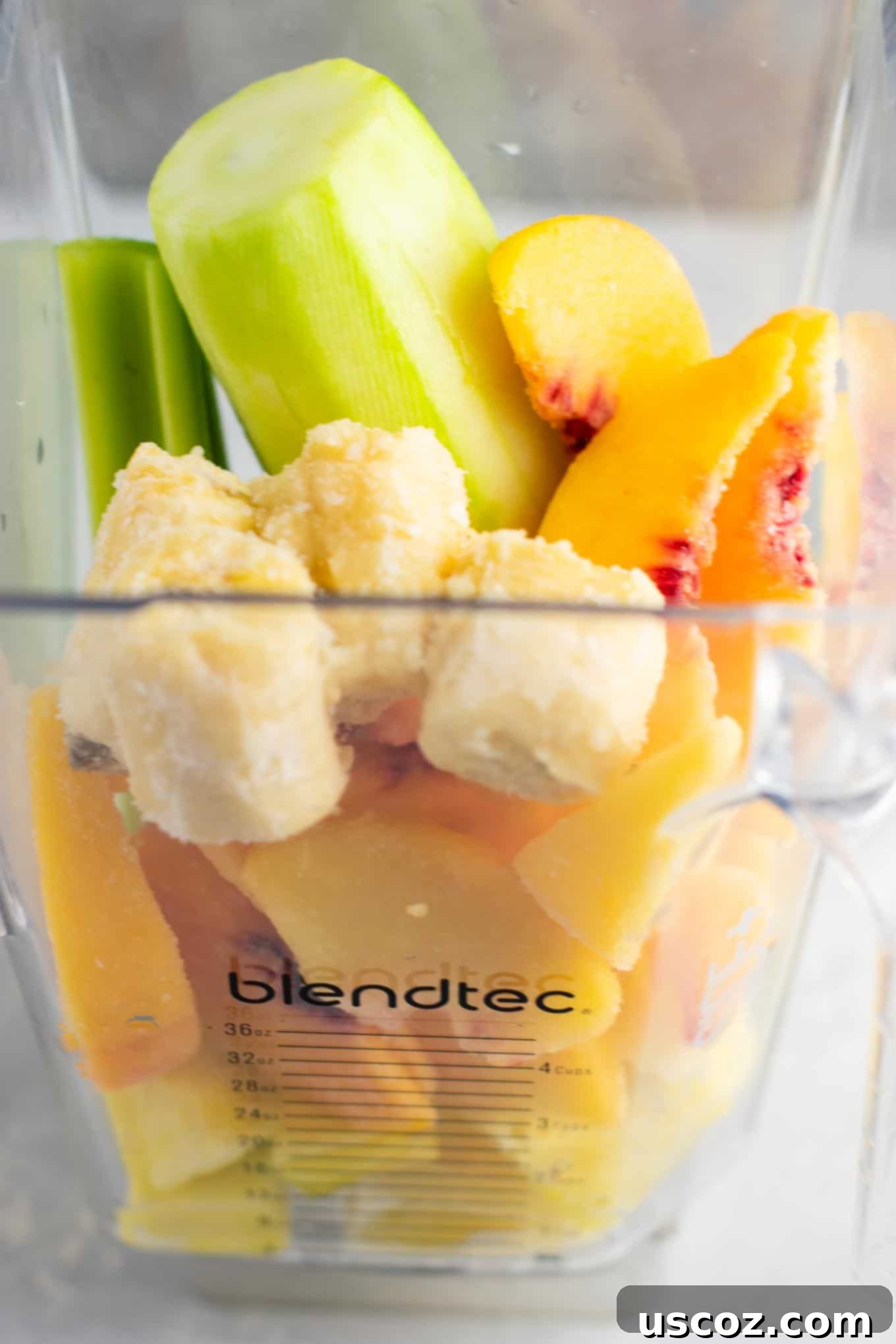
Steps for Blending Dairy-Free Smoothies
Here’s a simple, effective method I follow when making a smoothie without milk or yogurt:
- Add Liquid First: Begin by adding your chosen liquid base (water or high-liquid fruits/vegetables) to the blender. This helps the blades catch and process ingredients more efficiently, especially if you’re using frozen items.
- (Optional) Blend Liquid: For some blenders, especially if you’re using harder fruits or leafy greens, it can be helpful to blend these liquid components until smooth before adding other ingredients.
- Add Remaining Ingredients: Once your base is ready, add the rest of your ingredients, such as frozen fruit, and fresh or frozen greens.
- Blend Until Smooth: Process everything until you achieve your desired creamy consistency.
Depending on the power of your blender, you might be able to combine all ingredients at once. However, I often find that blending the liquid parts first significantly aids in achieving a perfectly smooth texture, preventing your blender from getting stuck on frozen fruit.
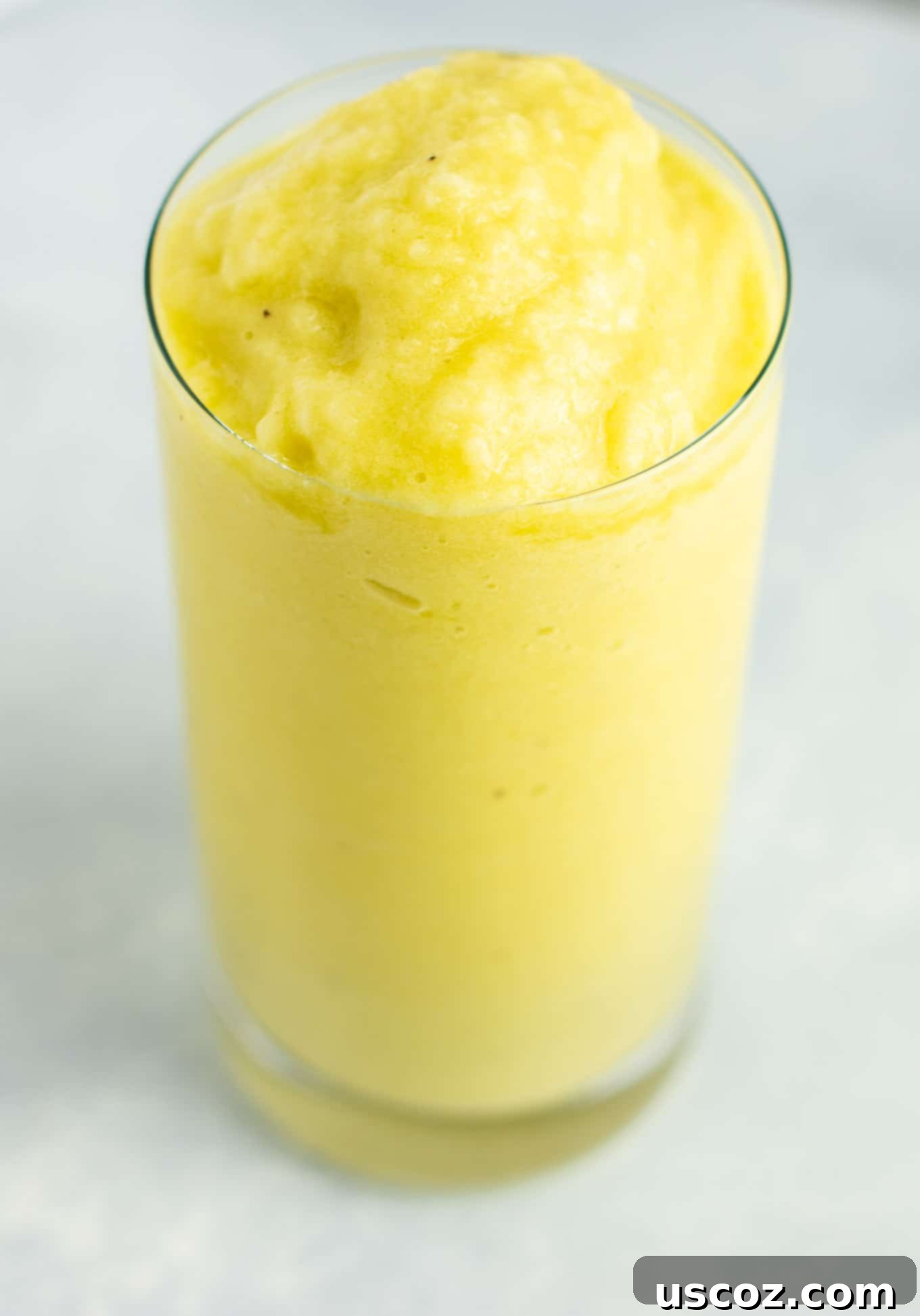
Can You Make a Smoothie Without Any Added Liquid?
This might sound counter-intuitive, but yes, you absolutely can make a sensational smoothie without adding any extra liquid like water or milk! This method is perfect for achieving an incredibly thick, almost ice cream-like consistency. Just follow the same blending steps as above, simply omitting any added water.
I went through a phase where I *only* made my smoothies this way. I adored the rich, intensely flavorful results and often gravitated towards tropical fruit combinations to achieve this thick, satisfying texture. The natural moisture within the fruits and vegetables is surprisingly sufficient when combined correctly.
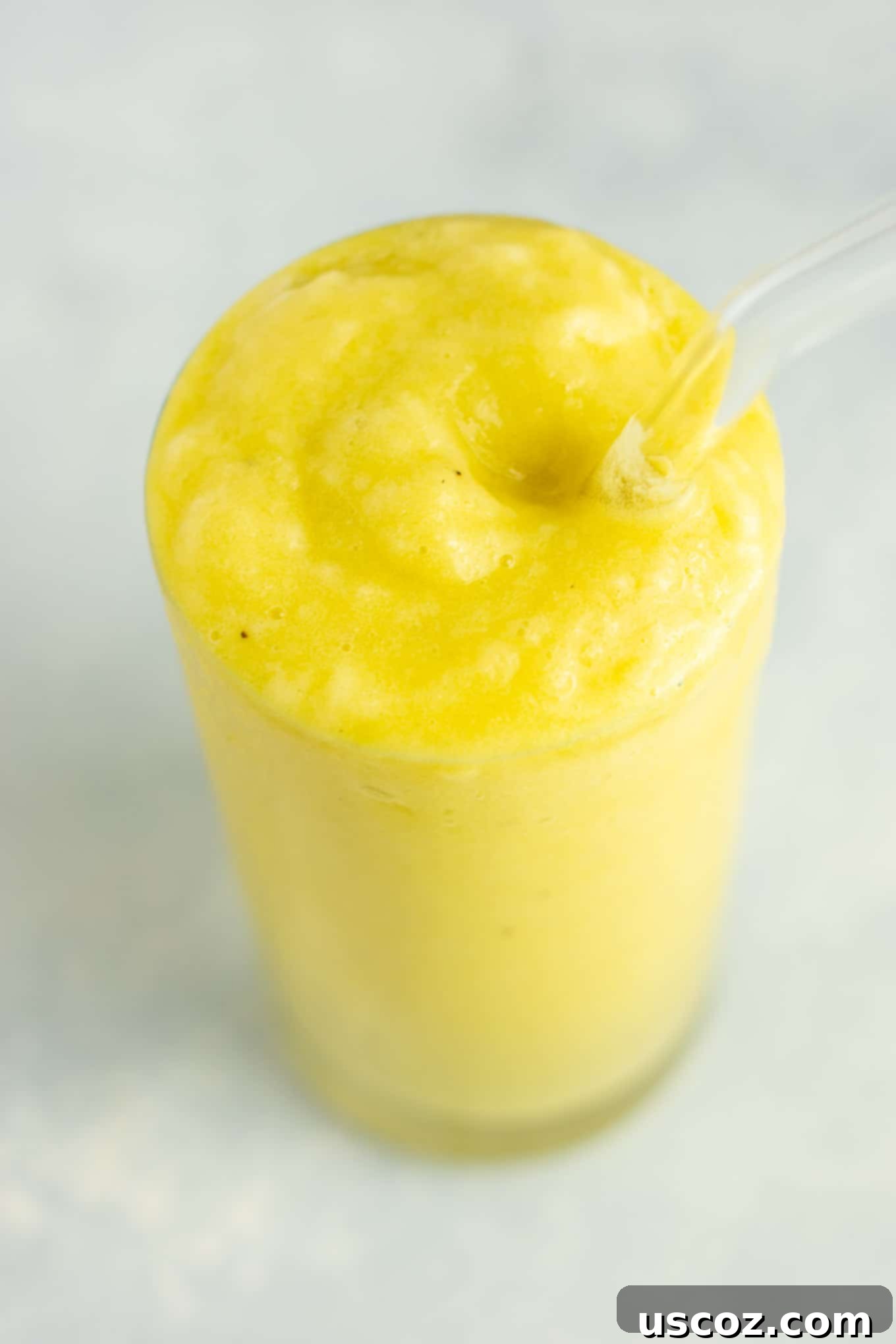
For example, my popular pineapple detox smoothie contains no added liquid at all, yet it tastes remarkably like a tropical frosty! In this recipe, fresh pineapple, cucumber, and lemon serve as the “water” components. I add these juicy ingredients to the blender first. Then, I incorporate frozen fruit, a handful of ice, and any remaining ingredients, blending until it transforms into a thick, luxurious, and creamy treat.
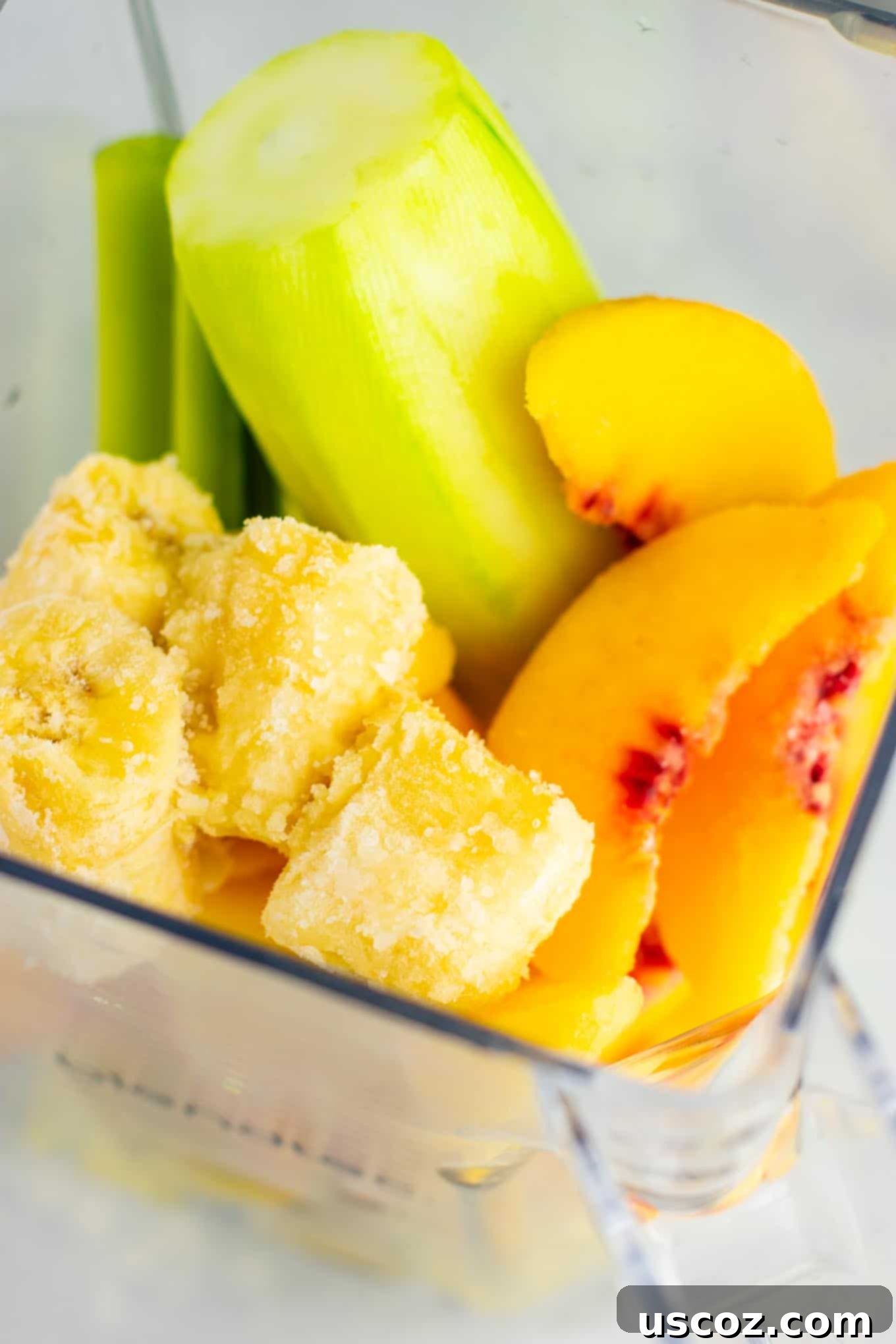
How Do You Make a Smoothie Thicker?
Smoothie texture is paramount to an enjoyable experience. For me, a runny, gritty smoothie is a definite no-go. I always aim for my smoothies to be wonderfully thick and creamy, almost resembling soft-serve ice cream. This consistency makes them feel like a decadent treat, even when they’re packed with healthy ingredients!
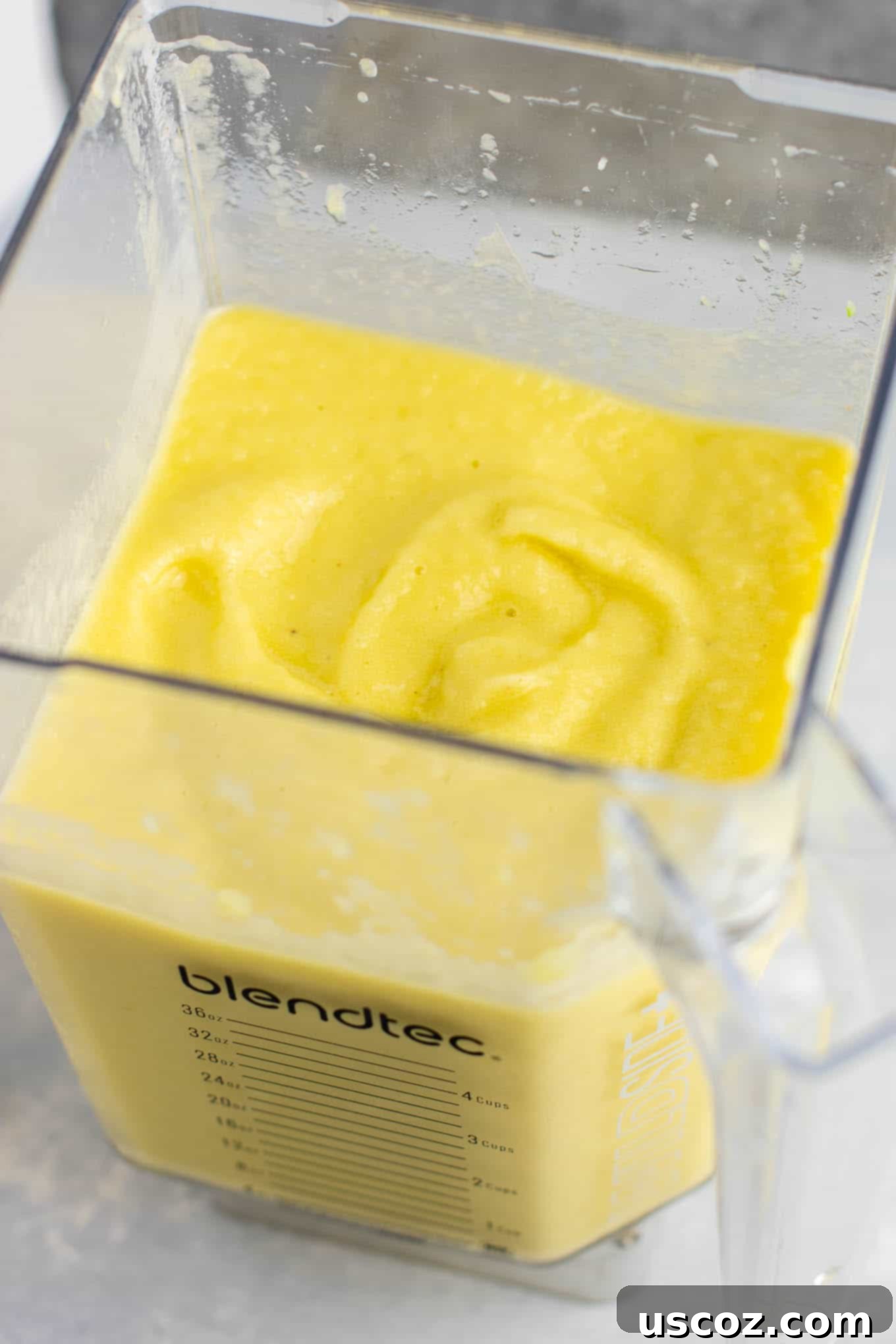
Top Tips for Achieving a Thicker Smoothie
Here’s how to get that perfect, luscious thickness:
- Minimize Liquid, Maximize High-Water Content Fruits & Veggies: This is the golden rule for thick smoothies. The less external liquid you add, the more concentrated and thick your smoothie will be. Rely on ingredients like pineapple, cucumber, and oranges to provide the necessary moisture for blending, rather than pouring in extra water or juice.
- Incorporate Frozen Fruit: Frozen fruit is your best friend for thickness. It not only chills your smoothie without dilution but also creates a much creamier, denser texture compared to fresh fruit. Frozen bananas, mangoes, berries, and peaches work wonders.
- Add Ice to Desired Consistency: If your smoothie isn’t quite thick enough after blending the main ingredients, gradually add a cup or two of ice. Blend in short bursts until you reach your ideal consistency. Be careful not to over-blend the ice, or it might become too watery.
My typical process involves adding my initial liquid (whether it’s water or high-liquid fruits) and blending it until smooth. Then, I introduce a generous amount of frozen fruit and blend again. If I’m still aiming for that ultra-thick consistency, I’ll add a cup or two of ice, blend once more, and serve it immediately. Trust me, once you experience ice cream-thick smoothies, there’s no going back!
Beyond the Recipe: The Benefits of Dairy-Free Smoothies
Choosing to make smoothies without milk offers a host of advantages beyond just taste and texture:
- Dietary Inclusivity: Dairy-free smoothies are perfect for those with lactose intolerance, dairy allergies, or following vegan diets. They allow everyone to enjoy a delicious and nutritious beverage.
- Lighter Feel: Without the heaviness of milk, these smoothies often feel lighter and more refreshing, making them ideal for breakfast, a post-workout refuel, or a light snack.
- Enhanced Flavors: Removing milk allows the natural flavors of fruits, vegetables, and other add-ins to truly shine. You’ll experience a purer, more vibrant taste profile.
- Digestive Ease: For many, dairy can cause digestive discomfort. Opting for milk-free smoothies can lead to better digestion and a more comfortable feeling after consumption.
- Versatility: The possibilities are endless! You can easily swap ingredients, experiment with new combinations, and tailor your smoothie to your specific nutritional needs and taste preferences without being limited by dairy.
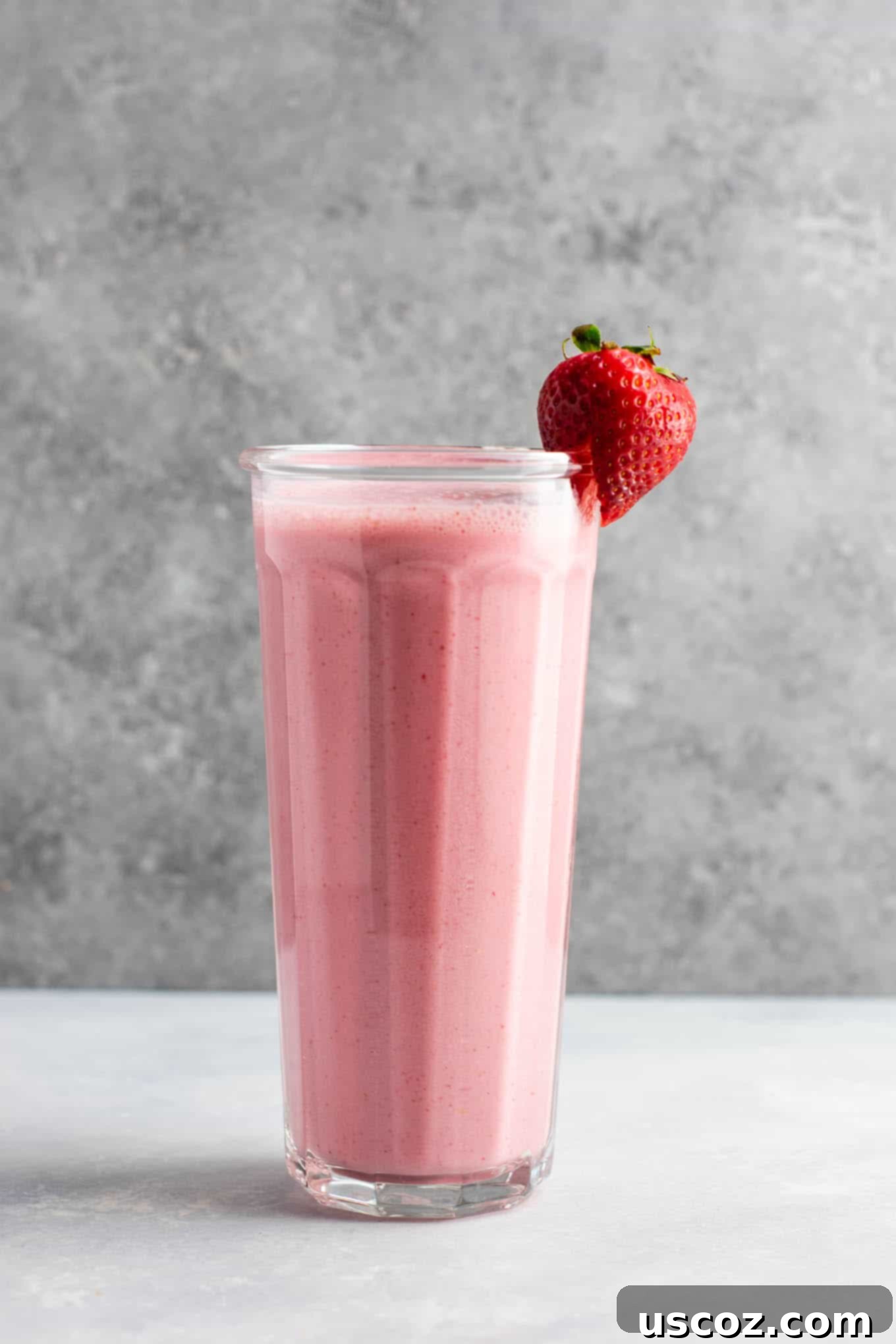
Smoothie Mastery: Your Journey to Dairy-Free Delights
I genuinely hope this guide has been helpful and inspires you to explore the exciting world of smoothies without milk. For years, I struggled to make truly delicious smoothies at home, wishing I had known these simple tips and tricks sooner. Smoothies, at their core, are a matter of balance and understanding your ingredients.
Once you master the art of combining high-liquid fruits, frozen elements, and the right amount of additional liquid (or none at all!), the possibilities for creating delicious, nutrient-packed blends are truly endless. Smoothies are a fantastic and enjoyable way to incorporate a wealth of healthy goodness into your daily diet, and they form a significant part of my own healthy lifestyle.
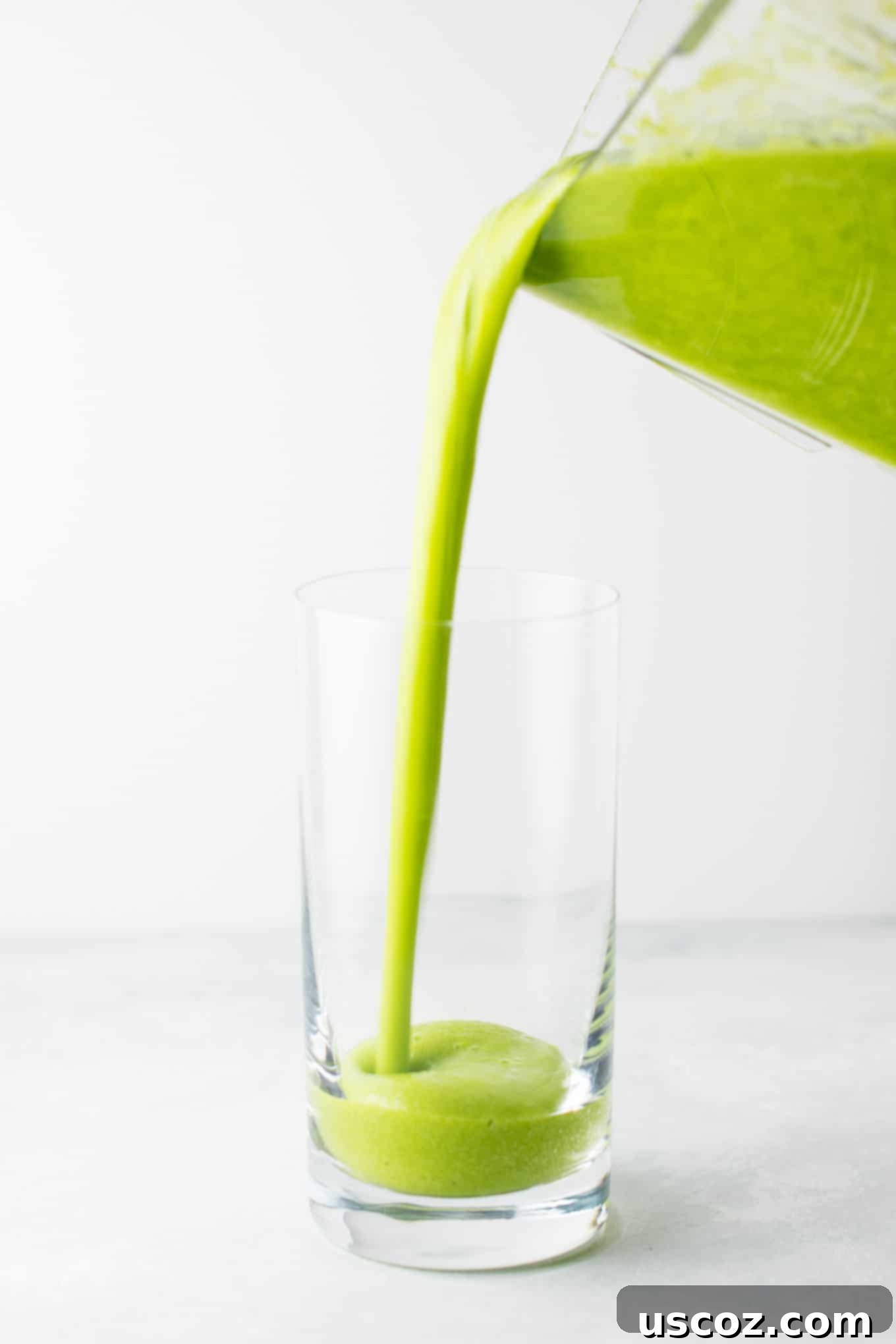
More Delicious Smoothie Recipes
Ready to put your newfound knowledge to the test? Here are some fantastic smoothie recipes to get you started on your dairy-free blending journey:
- Carrot Cake Smoothie
- Pineapple Detox Smoothie
- Blueberry Pie Smoothie
- Ginger Peach Detox Smoothie
- The Best Green Smoothie Recipe
- Peanut Butter Banana Smoothie
- Strawberry Smoothie
- Healthy Peach Smoothie
- Strawberry Watermelon Smoothie
- Healthy Strawberry Banana Smoothie
- Frozen Pumpkin Pie Smoothie
